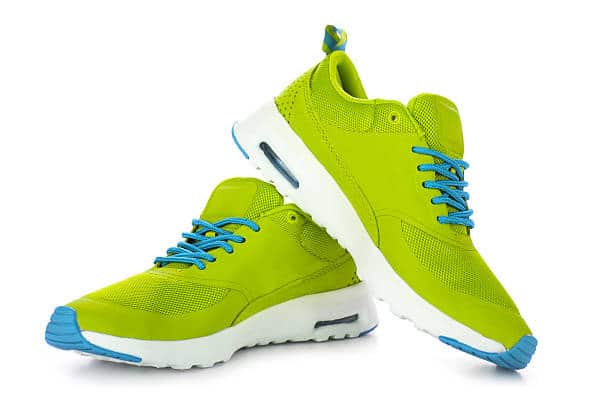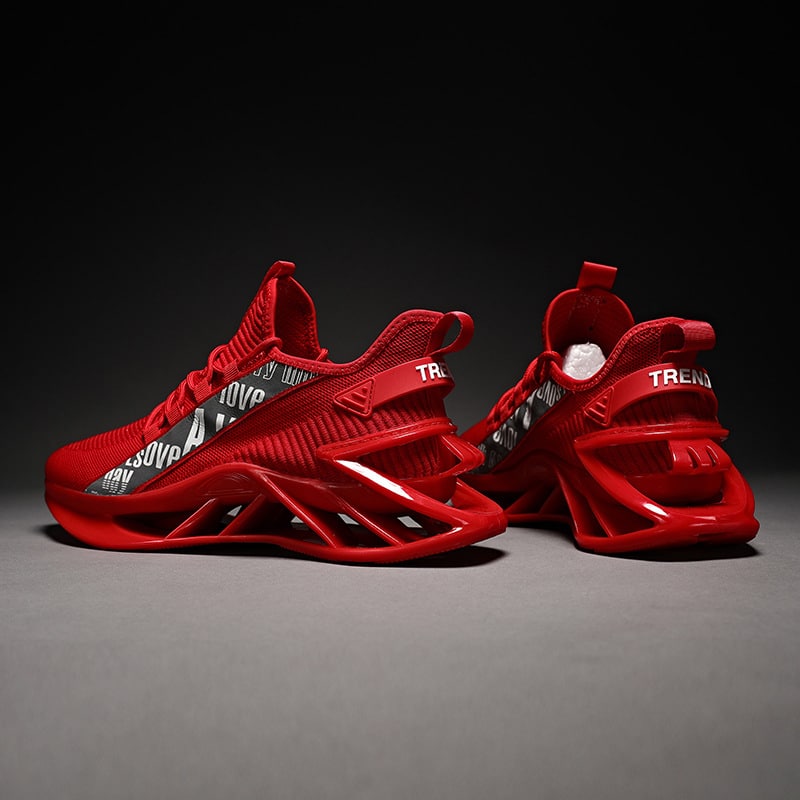
Once again, we were consumed with Olympic Games excitement last year. Our best athletes compete at the highest level and aim to win the most prestigious awards in their respective fields. The majority of older people will be able to recall the rubber-soled plimsolls or sports shoes that were typically worn in PE classes at the majority of schools. The sports shoes an athlete wears are more than just an accessory; they are an extension of their body. The player will undoubtedly make errors because they will lack confidence if the extension is not compatible. Sports shoes have undergone significant transformations over the years, decades, and in some sports, centuries. Recently, technology has also contributed to quality enhancement, with major brands playing a significant role. Even though sports shoes look similar in some sports, there are many ways to tell them apart. To avoid injuries, move more freely, and make an impact, you need to wear different sports shoes for each sport.
The History
Around 200 years ago, the first athletic shoe was developed. Leather was used to make the first sneakers, but leather tends to stretch and overflow when wet, making them easy to wear out quickly. The development of shoes took place during the classical era. The Roman culture was flourishing at this time. Additionally, it marked the height of shoe production. The Roman sandal was one type of shoe that was made, and it was attached to the leg with a series of straps.

Different Soles
Shoes with rubber soles were primarily manufactured by tire manufacturers in the nineteenth century. Sports shoes were considered a luxury item for a very long time because it was difficult to get access to technology and financially disadvantaged people couldn’t spend their free time playing sports. Sports shoes didn’t become more popular or more widely produced until after World War I, largely due to their lower prices.
When people started using rubber for industrial purposes, everything changed. As a result, the worldwide adoption of canvas shoes with rubber soles began in 1892. The name “sneakers” comes from the verb “sneak,” which means slick, and they were easy to walk in because they were flat, light, and flexible.
Treated as a Luxury
As can be seen, shoe development has taken place over time. In the past, something that we take for granted was luxury. There is a story behind everything, from comfortable shoes to stilettos. It’s easy to overlook the convenience of browsing the most recent sports betting odds in the warmth of your own home while wearing slippers.

The 20th Century
Parts of shoes were glued together rather than stitched in the 20th century, which marked a slight shift in shoe manufacturing practices. Shoe polish, a remarkable component for shoe care, was developed to nourish the leather. In shoe production, leather has been replaced by new synthetic materials and thermoplastic rubbers.
There are now a lot of shoe companies that sell a wide range of sneakers to suit all tastes. The difference now is that one can select the shoe that best fits his or her foot and requirements.